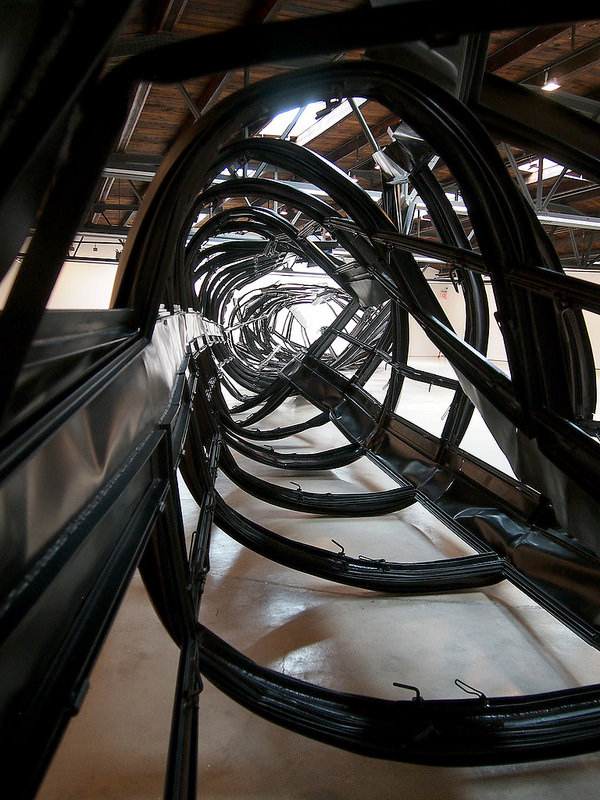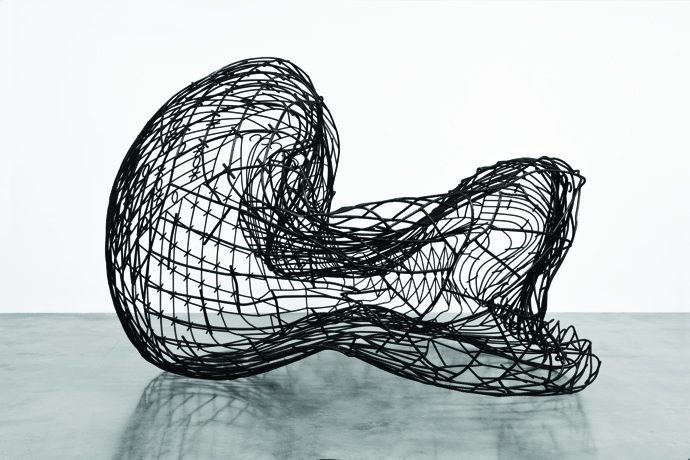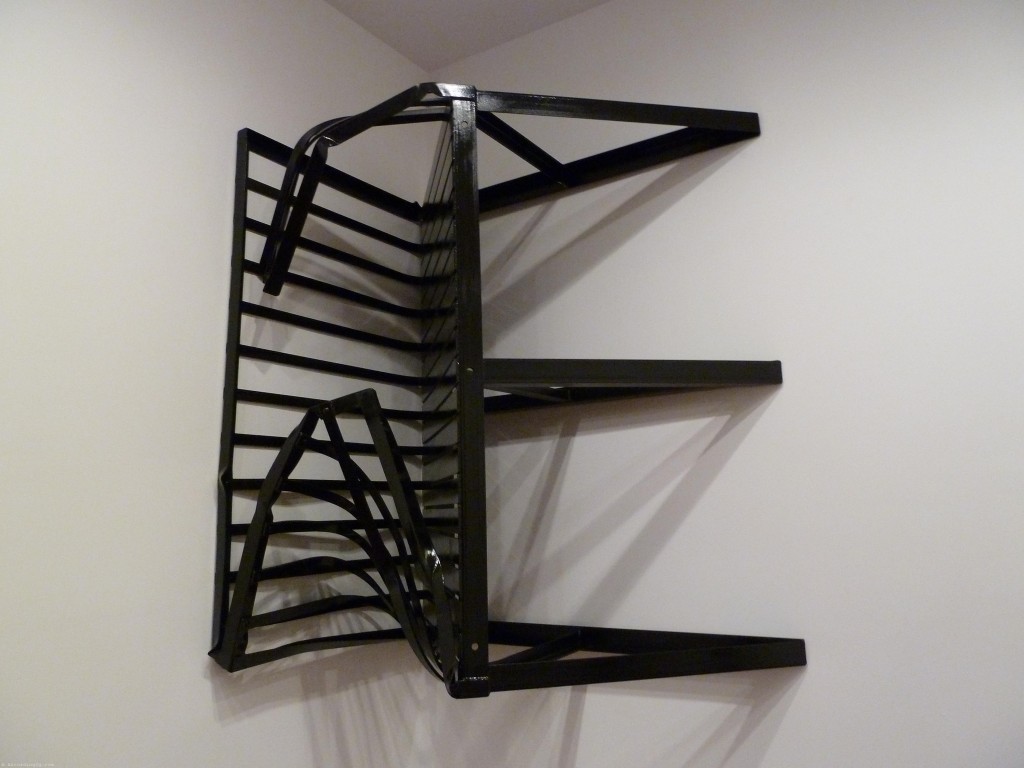INHALE is a cultural platform where artists are presented, where great projects are given credit and readers find inspiration. Think about Inhale as if it were a map: we can help you discover which are the must-see events all over the world, what is happening now in the artistic and cultural world as well as guide you through the latest designers’ products. Inhale interconnects domains that you are interested in, so that you will know all the events, places, galleries, studios that are a must-see. We have a 360 degree overview on art and culture and a passion to share.

5 September – 25 October 2014, Hauser & Wirth New York, 18th Street
New York, NY
Hauser & Wirth presents Monika Sosnowska’s ‘Tower’, a mammoth new work that conjoins architecture and sculpture in order to explore the politics and poetics of space. Known for large-scale, site-specific installations, Sosnowska creates psychologically charged art rooted in existing structures and influenced by the built environment. She manipulates forms – collapsing, twisting, and squeezing steel – into disorienting configurations that not only alter perceptions of physical space but challenge our certainties about memory and our assumptions about societal structures.
‘Tower’ will be on view from 5 September through 25 October at Hauser & Wirth’s downtown gallery at 511 West 18th Street.
For over a decade, Monika Sosnowska has amassed a documentary archive of visual material, mostly photographs made during her walks around her native Warsaw. Recording the conditions of everyday life in Poland, she captures architectural details and structures – workshops, apartment blocks, abandoned buildings, demolition sites, forgotten places – that reflect the heritage, upheaval, stagnation, and rebuilding of the city and the nation’s Communist past. Imbuing a kind of cultural memory in her oeuvre, Sosnowska makes sculpture that manifests recollections, both individual and collective, that collide where ‘architectural space begins to take on the characteristics of mental space’. Her formal language echoes different contradictory modernisms: that of Polish constructivism of the 1930s, the minimal and conceptual tendencies of international art from the 1960s and 1970s, and the Socialist architecture found in Eastern European states.
Other works:






























































